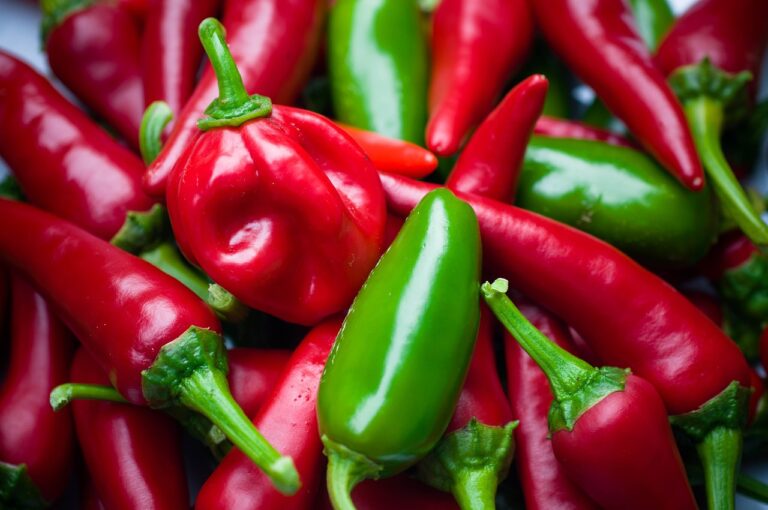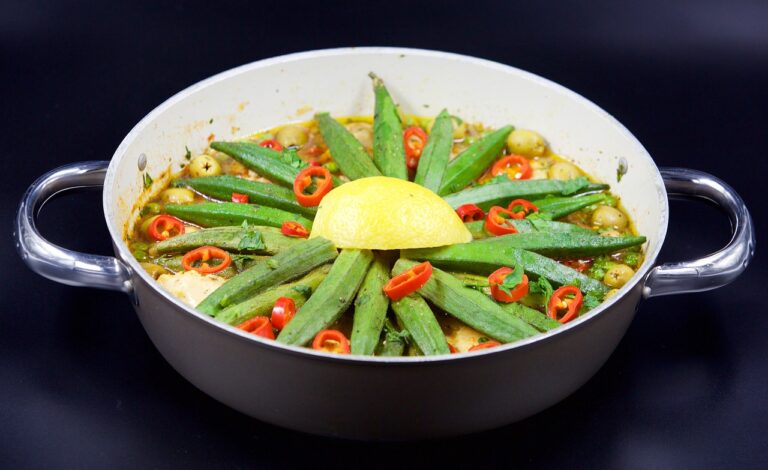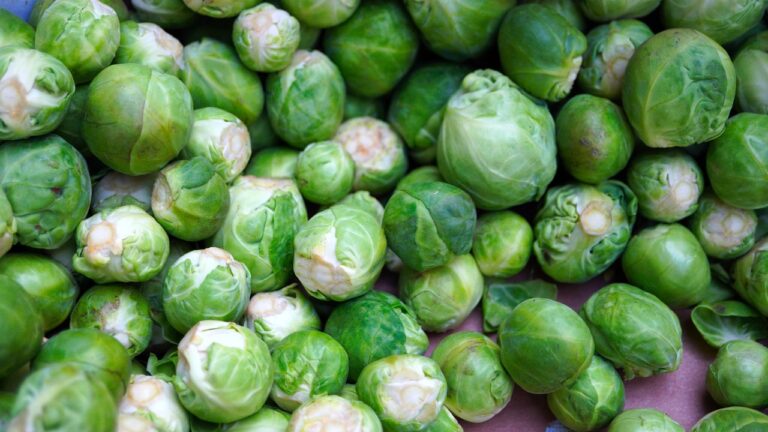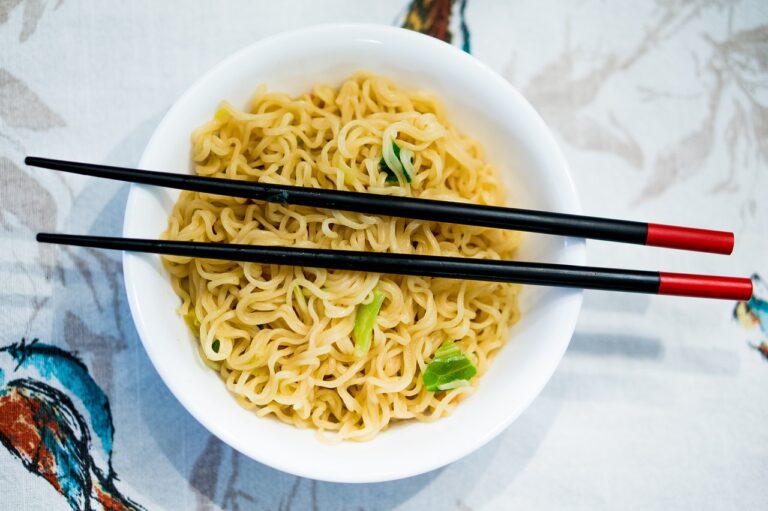Craving Clams? Know The 10 Reasons Why
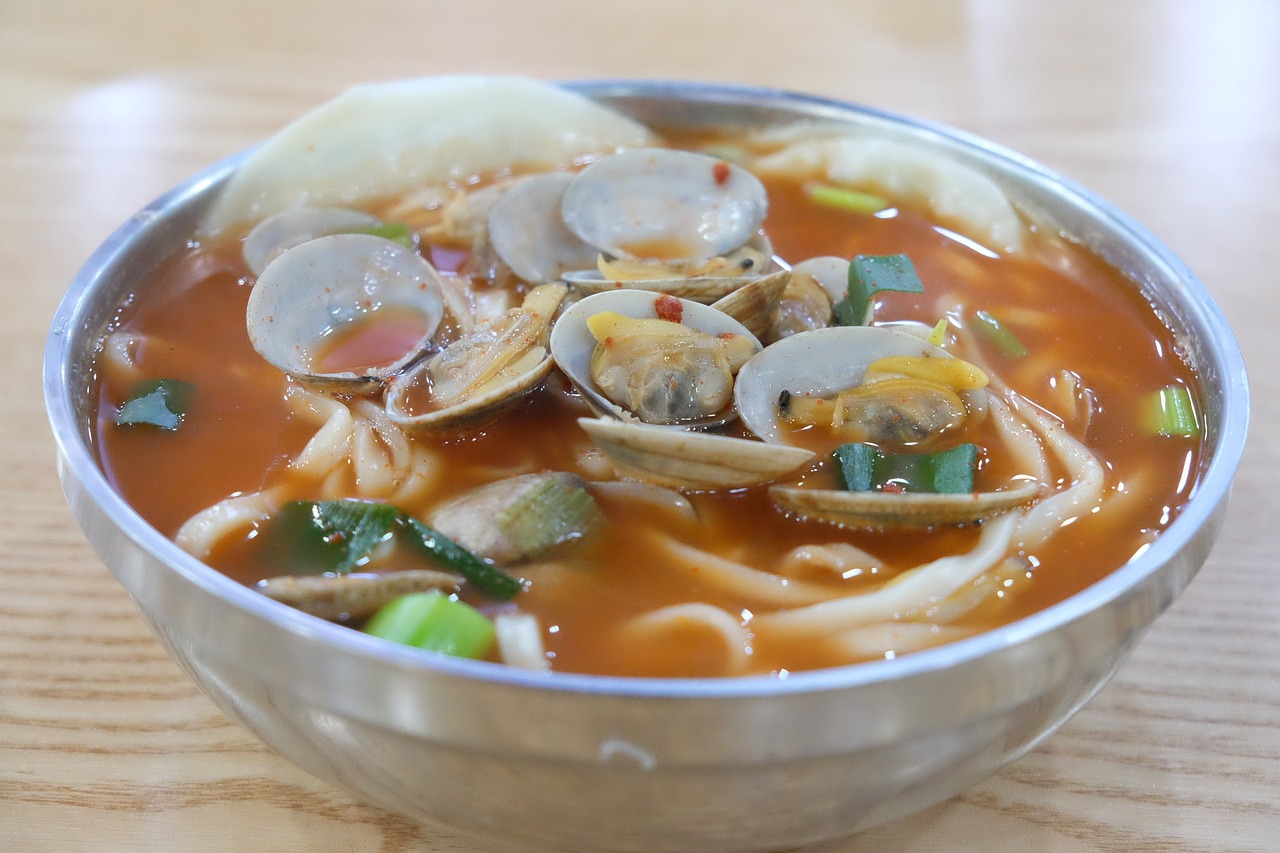
Clams, those delectable bivalves from the sea, have been a staple in various cuisines around the world for centuries. Not only are they renowned for their unique taste and texture, but they also offer a plethora of health benefits. But what drives our cravings for these shellfish? Let’s dive into the ten compelling reasons behind our clam cravings, exploring everything from their nutritional value to their cultural significance.
Why Am I Craving Clams?
1. Rich in Nutrients
Clams are a powerhouse of nutrients, packed with high-quality protein, vitamins, and minerals. They are an excellent source of Vitamin B12, iron, magnesium, potassium, and zinc. This nutrient-dense profile can contribute to a craving as our body seeks out foods that supply essential nutrients efficiently.
Consuming clams can help improve energy levels, strengthen the immune system, and promote healthy brain function. The high protein content satisfies hunger effectively, making clams a fulfilling choice for meals. Their rich vitamin and mineral content supports overall health, possibly leading to cravings when the body needs these nutrients.
2. Unique Flavor and Texture
The unique flavor and texture of clams are unlike any other seafood. They offer a briny sweetness and a tender yet chewy texture that can become highly desirable. This distinct taste profile can trigger specific cravings, especially for those who have grown to love seafood.
The craving for clams might also be tied to the experience of eating them, whether it’s the process of cooking fresh clams at home or enjoying them in a fine dining setting. The sensory experience of tasting clams, combined with their unique texture, makes them a memorable dish that many long for.
3. Low in Calories and Fat
For those mindful of their calorie intake, clams are an attractive option. They are low in calories and fat, making them a guilt-free choice for individuals trying to maintain or lose weight. This health-conscious aspect can lead to cravings for clams as a way to satisfy hunger without compromising dietary goals.
Eating clams allows for indulgence in a savory and rich seafood experience without the heavy calorie load associated with other types of meat. This balance of flavor and nutritional responsibility can make clams a highly craved item for those looking to enjoy delicious food that aligns with their health objectives.
4. Versatility in Cooking
Clams can be prepared in a myriad of ways, making them a versatile ingredient in the kitchen. From classic clam chowder to steamed clams with garlic and herbs, the possibilities are endless. This versatility can spark cravings as individuals recall their favorite clam dishes or anticipate trying new recipes.
The ability to incorporate clams into various culinary traditions and dishes means that cravings can be tied to specific flavors or cooking styles. Whether it’s the comfort of a warm clam soup on a cold day or the zest of clams tossed in a pasta dish, the adaptability of clams in cooking contributes to our desire for them.
5. Association with Comfort and Nostalgia
For many, clams are associated with fond memories, such as family gatherings, beach vacations, or special meals. This emotional connection can trigger cravings as individuals seek the comfort and nostalgia that clams represent. The act of eating clams can evoke feelings of happiness and warmth, making them a sought-after comfort food.
Nostalgic cravings are powerful, as they are tied to cherished memories and experiences. Clams, with their role in traditional feasts and casual beachside snacks, can embody these moments, leading to a longing for the food that brings back such pleasant memories.
6. Seasonal Availability
Clams have a seasonality that can make them particularly desirable during certain times of the year. The anticipation of clam season can create a sense of excitement and craving for these shellfish. As they become more available, the desire to enjoy them fresh and at their peak of flavor intensifies.
This seasonal craving is also linked to the enjoyment of clams as part of summer traditions or holiday meals. The limited availability can make clams feel like a special treat, heightening the craving for them when they are in season.
7. Health Benefits
Beyond their nutrient density, clams offer specific health benefits that can drive cravings. They are known to support heart health, thanks to their omega-3 fatty acids, and can improve iron levels, combatting anemia. The direct health benefits associated with clams can lead to a subconscious craving for these beneficial foods.
Eating clams as part of a balanced diet can contribute to overall well-being, and the body may crave them as a source of specific nutrients and health advantages. This biological craving is a testament to the body’s natural inclination towards foods that can enhance health.
8. Influence of Media and Culture
Media and cultural representations of clams can influence cravings. Seeing clams featured in cooking shows, social media, or traditional media can spark an interest and desire for them. The portrayal of clams in various cultural contexts, from fine dining to casual beach fare, can make them appear irresistible.
The cultural significance of clams in various cuisines, such as Italian, American, and Asian, can also contribute to cravings. The exposure to different ways clams are celebrated and enjoyed around the world can incite a desire to partake in these cultural experiences through food.
9. Environmental Sustainability
As awareness grows about the importance of sustainable eating practices, clams emerge as an environmentally friendly seafood option. Their role in marine ecosystems as filter feeders can make them a more sustainable choice compared to other types of seafood. This environmental consciousness can lead to cravings for clams among those looking to make responsible food choices.
Choosing clams can be part of a larger desire to consume foods that are both delicious and have a lower environmental impact. The craving for clams, in this context, reflects a broader commitment to sustainability and the health of the planet.
10. Social and Dining Experiences
Finally, clams are often enjoyed in social settings, whether it’s a seafood feast with friends or a romantic dinner at a seaside restaurant. The social aspect of eating clams can create cravings as people look forward to sharing these experiences with others. The anticipation of enjoying clams in a communal setting can be a powerful motivator.
The act of sharing clams, whether it’s around a family table or among friends at a restaurant, can enhance the dining experience, making it more memorable and enjoyable. This social dimension of eating clams contributes to the craving, as it’s not just about the food but the joy of sharing it with others.
In conclusion, the craving for clams can be attributed to a variety of factors, from their nutritional benefits and unique taste to their cultural significance and the joy of sharing them with others. Whether it’s the anticipation of seasonal availability, the memories they evoke, or the desire for a sustainable seafood option, clams continue to be a cherished food for many.

